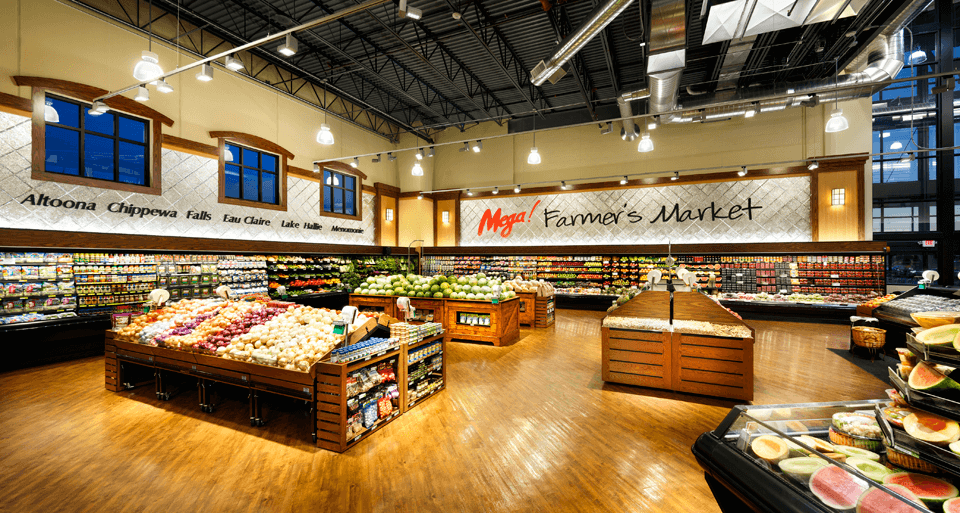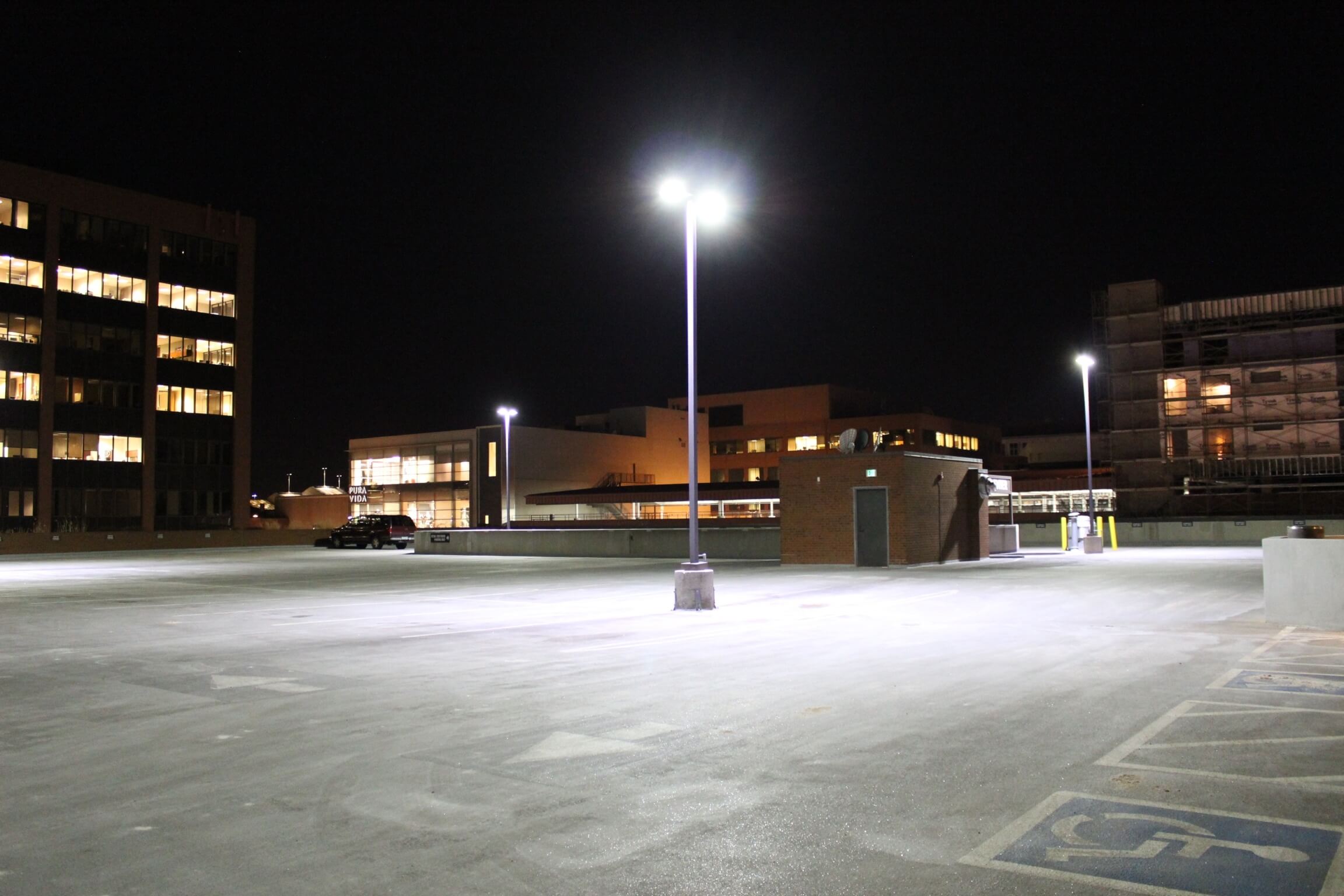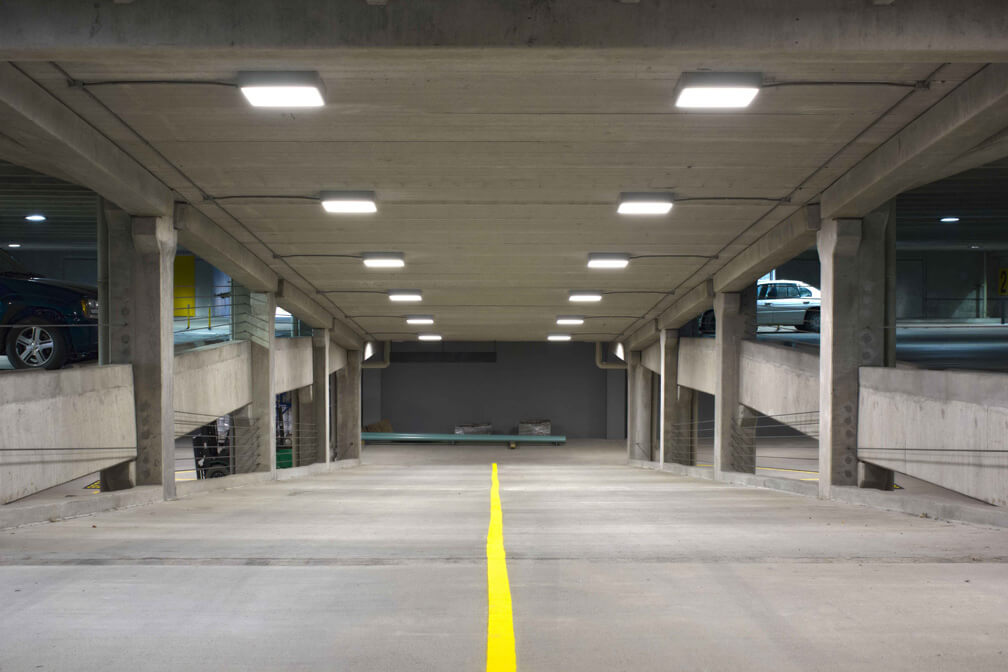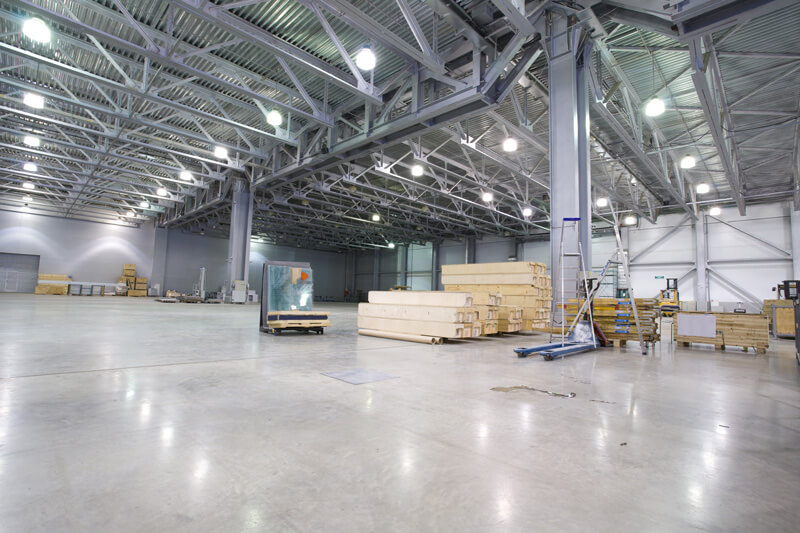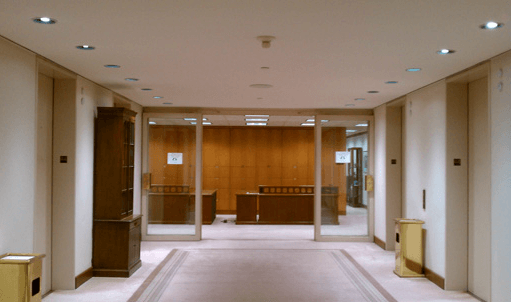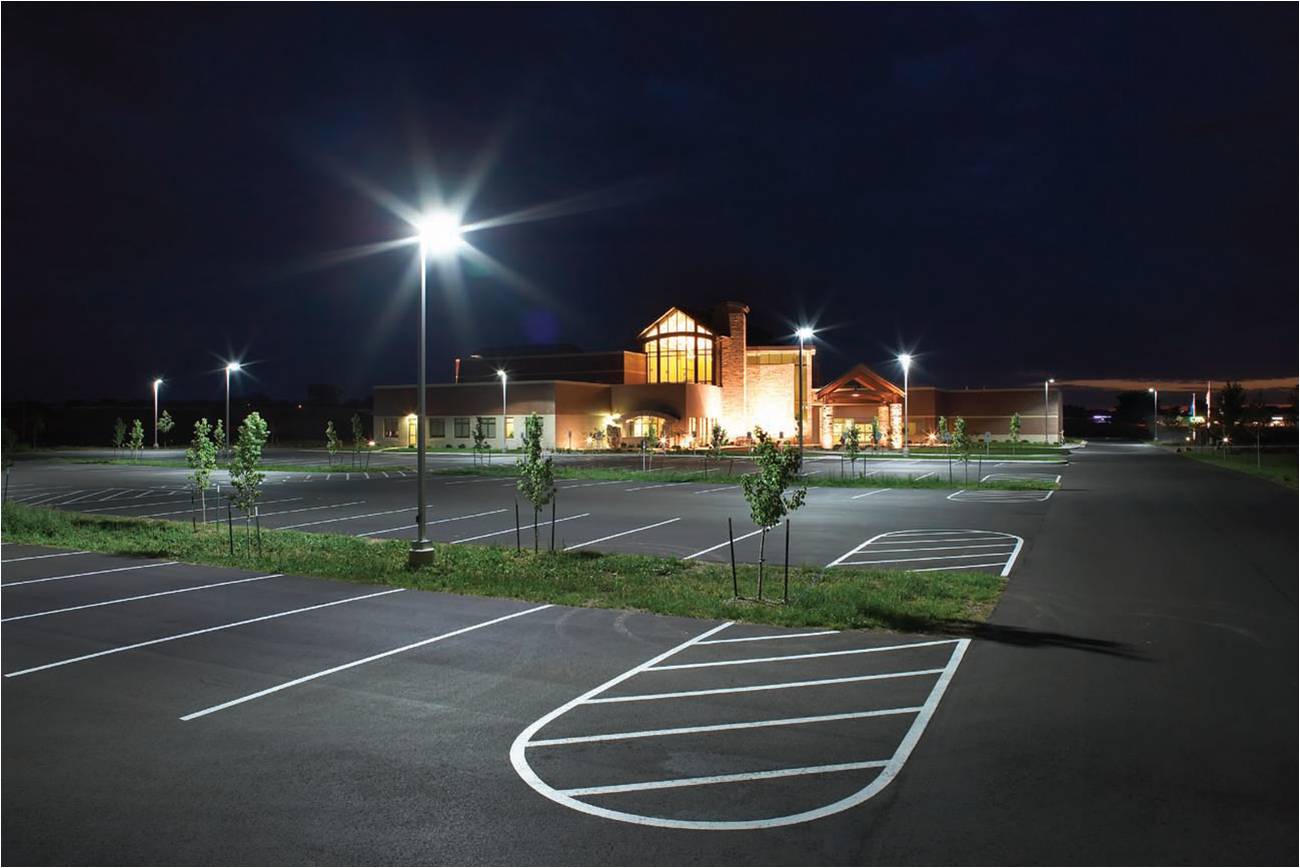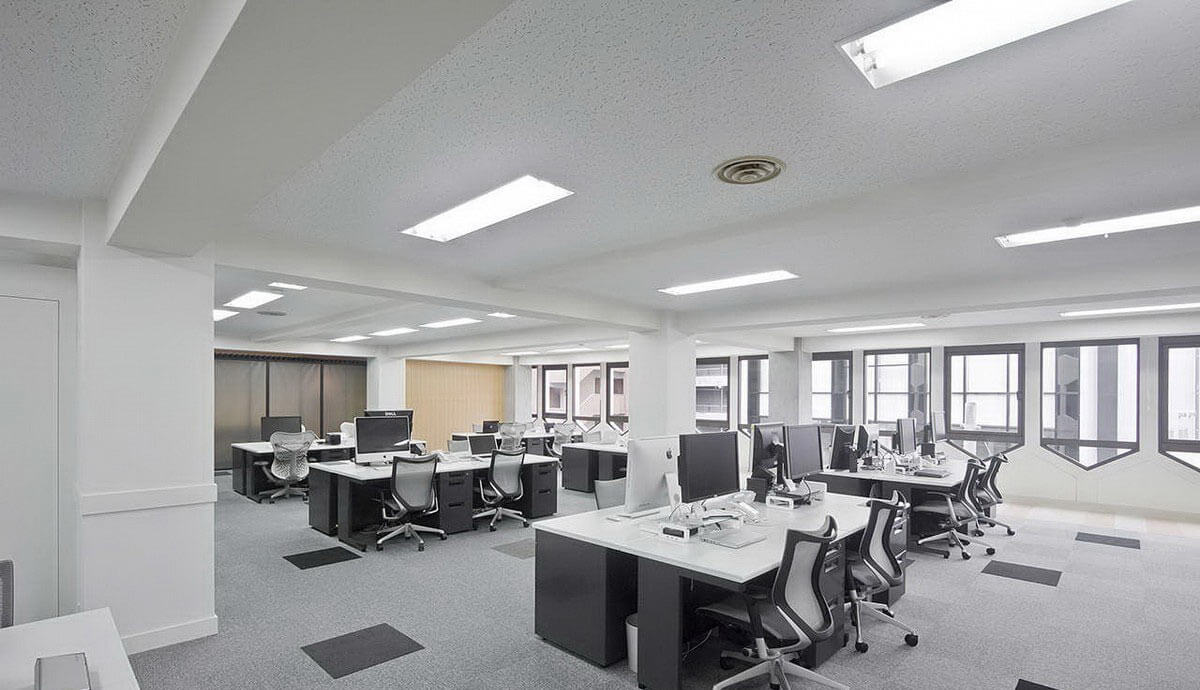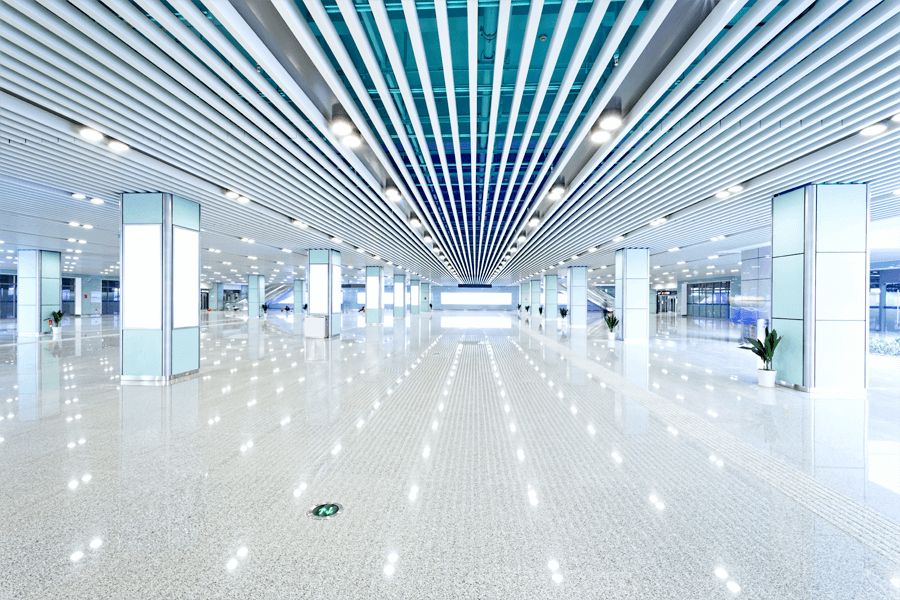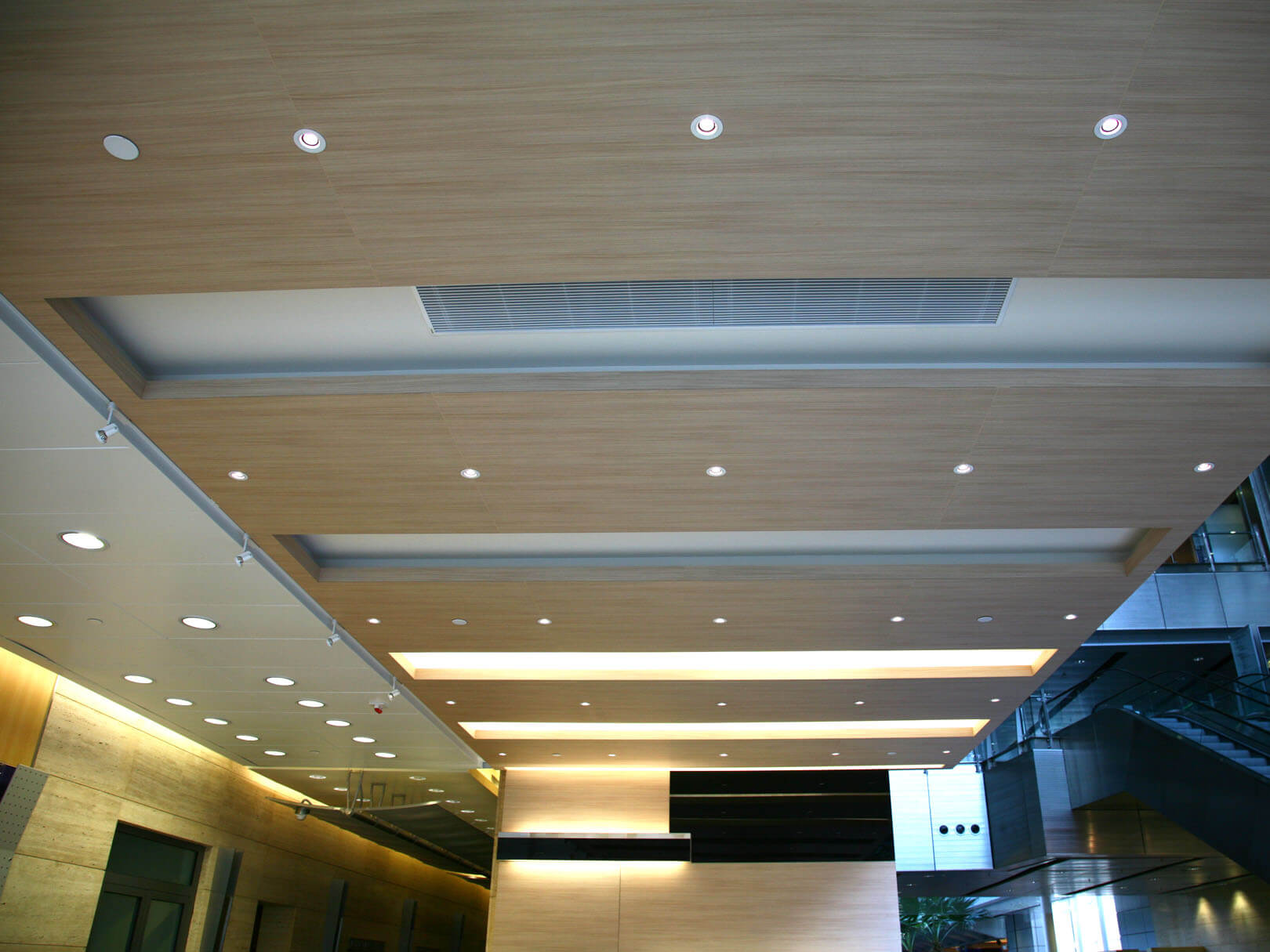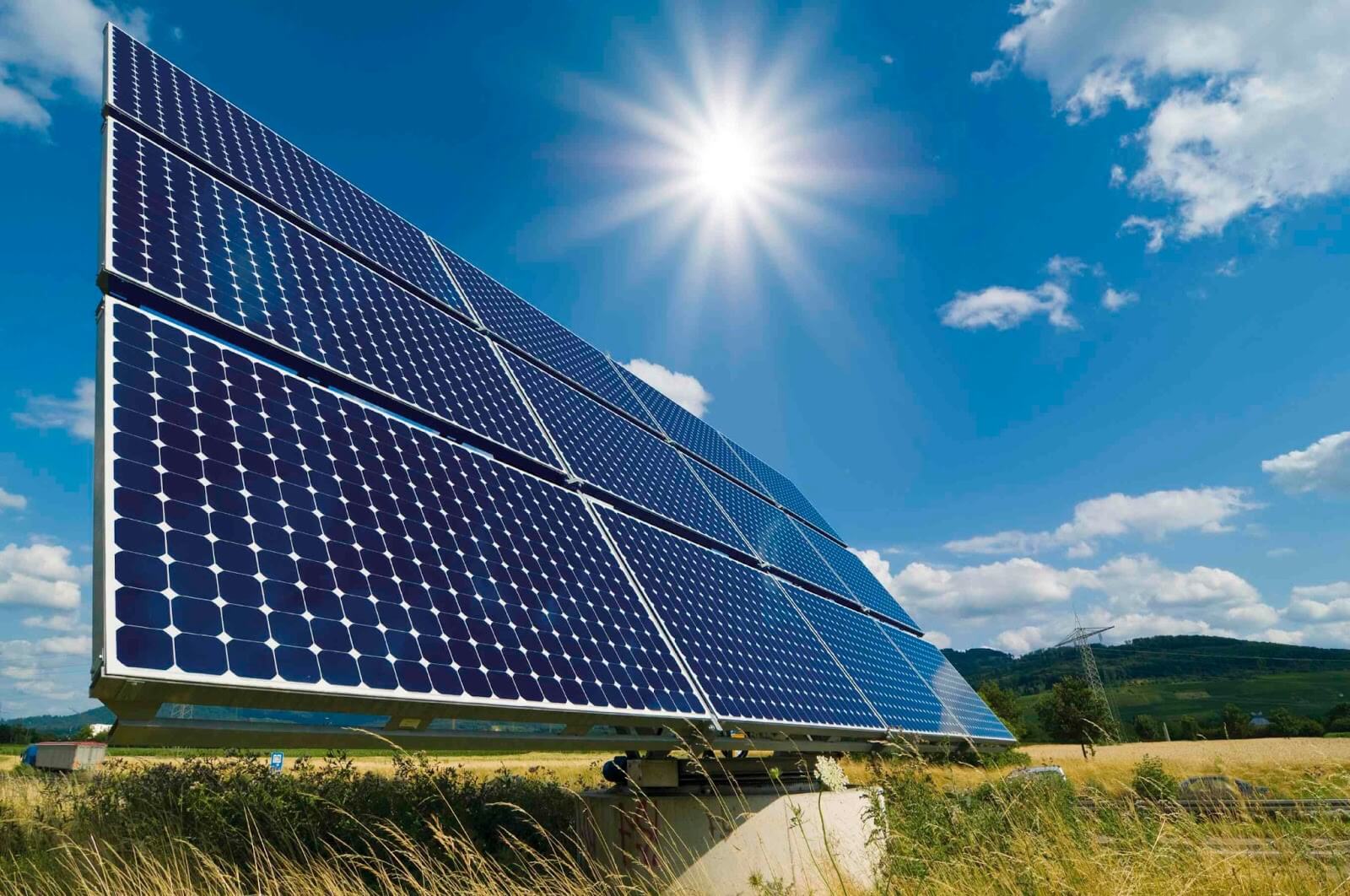Many grocery store owners are always looking to find ways to get their customers to see that their grocery store is more than just a place to buy their basic grocery necessities. One of the keys to attracting shoppers and keeping your food fresh is to implement appropriate grocery store lighting.
There are a variety of ways to use LED lighting to your advantage. Lighting can enhance the customer experience, and it can also highlight all of your products in the store. We want to give you some ways on how grocery store lighting can upgrade your grocery store in a variety of ways.
Utilities
When you invest in a lighting system like LED lighting, the cost that it takes to operate and maintain the lighting will be reduced significantly. Can you imagine what you can do with the extra savings that you used to spend on your utility bill? You will be able to utilize those extra funds to improve your grocery store.
Brighter Display
You want your grocery store and its products to be more appealing to your consumers. When your grocery store has LED lighting, every department will have bright lights that will showcase your store’s products. If you want to showcase fresh fruits, meats, etc. in the best way possible, you should definitely use LED lighting. If your products look appealing in the store, consumers will be more likely to purchase them. They will also be more likely to return to the store for another shopping trip.
As a grocery store owner, you need to give your customers a great customer experience.

